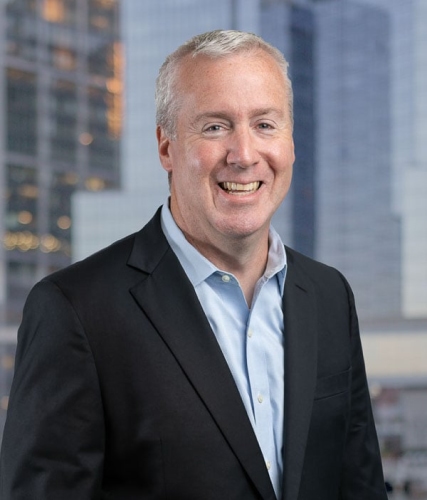
This article is an excerpt from Outlook 2019: The Trek Toward Transformation. Download the whitepaper.
The term “transformation” certainly appears to be a popular buzzword in some of the 2019 outlook papers that we have read. We can’t disagree that asset managers are intent on transforming their businesses, however the drivers of this change are up for debate. Depending on what and who you read, you may be led to believe that this transformation is being driven by a thirst for digitalization—a need to improve the client experience, the elusive pursuit of alpha generation, taking advantage of the maturity of emerging technologies. The list goes on. We are not necessarily discounting any of these reported drivers of transformation, however our recent experience tells a different story.
We have seen an unprecedented uptick in our strategic advisory services, which are a precursor for any firm considering a major upheaval of their technology and operations approach to their operating model. In the past 18 months alone, we have been engaged by no fewer than a dozen asset managers of varying shapes and sizes—from global asset managers with more than $1 trillion AUM to regional equity-only firms with less than $20 billion to asset owners and pension funds looking to overhaul their businesses.
Taking a step back and evaluating the drivers that triggered these firms to engage our consultancy services, the similarity of their objectives is striking, especially given the disparity of our recent client list. What you will not see in their list of drivers are much in the way of “FinTech” buzzwords. Blockchain, artificial intelligence, machine learning, robotic process automation? Nary a mention in the RFPs that we’ve responded to. Contrast the relative sexiness of FinTech with more tangible drivers such as replacing legacy technology, scalable data architectures, buy over build, operational consolidation, and application rationalization, and we can start to have a conversation specific to what is really steering these massive transformations and the budgets that are required to power them.
So while transformation may be written about as a ”trend” to watch in 2019 and beyond, we disagree. Trends come and go—transforming your technology and operating model is not a trend. At most firms where Citisoft is engaged, transformation is indeed front and center, however these programs are not being launched to follow any particular trend. Most firms have actually been putting off these programs for years, and in some cases, for more than a decade. These types of initiatives are invasive and expensive and the longer firms kick the can down the road, the costs and risks will spiral.
Asset management firms continue to be plagued by unwieldy operating models fraught with legacy technology, redundant applications and processes, and inefficient governance models. If you’re looking for a trend along these lines, we’ll offer that simplifying one’s application architecture and associated operating model is paramount. This “trend” has driven much of our business over the past 18–24 months and we do not see an end in sight.
Learn More
> Watch the video: Tom Secaur discusses the drivers of transformation









Comments